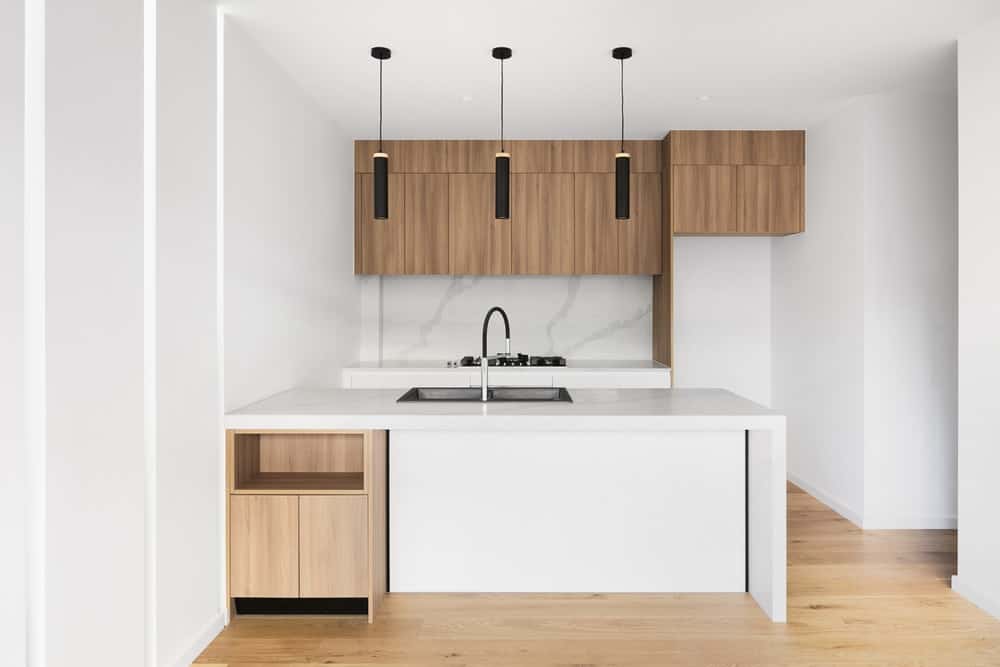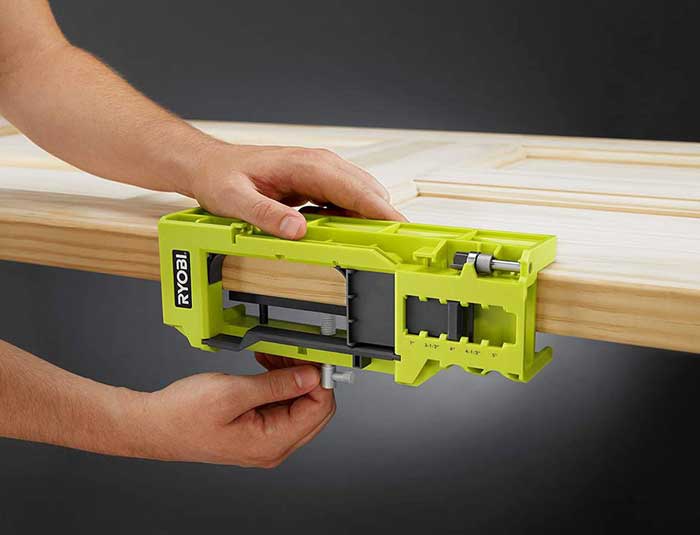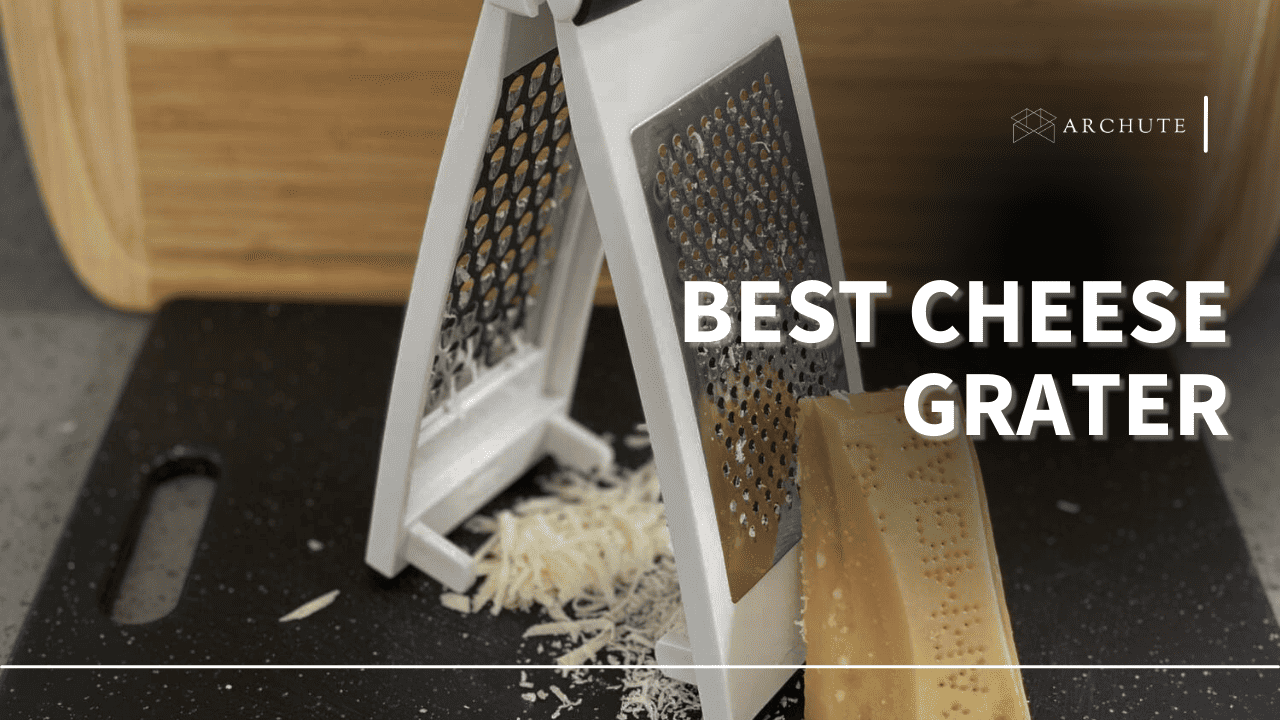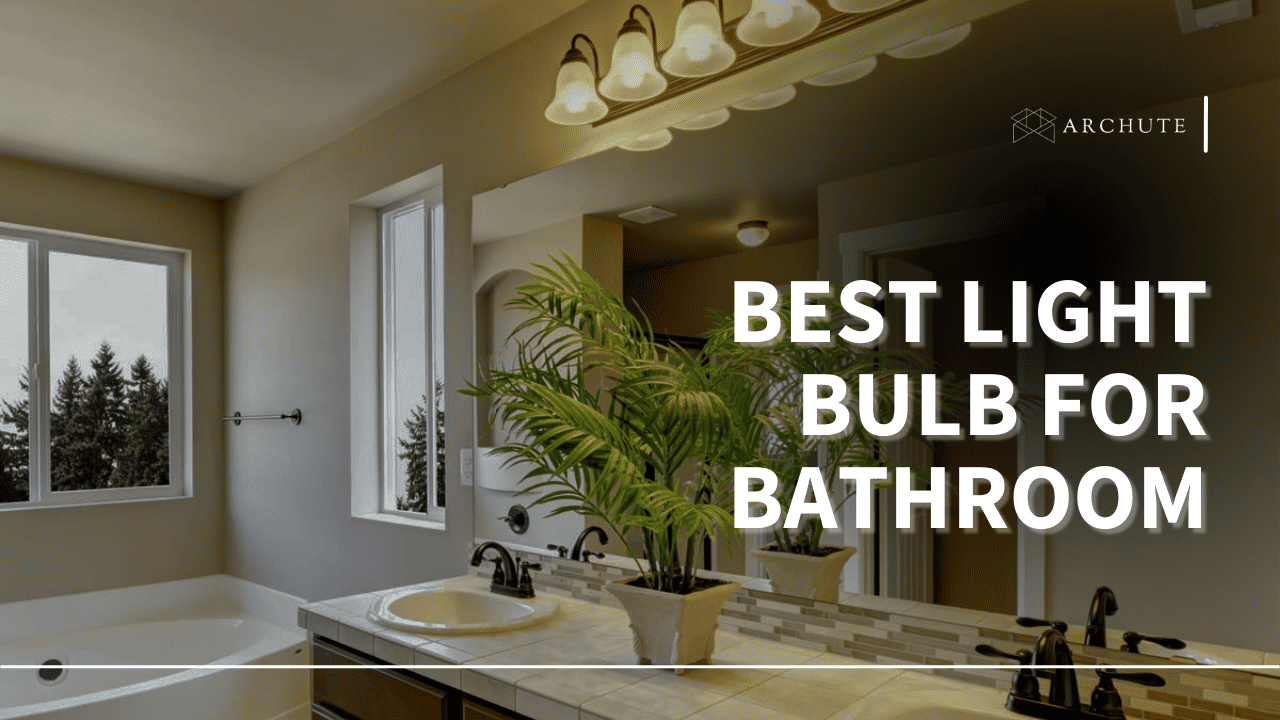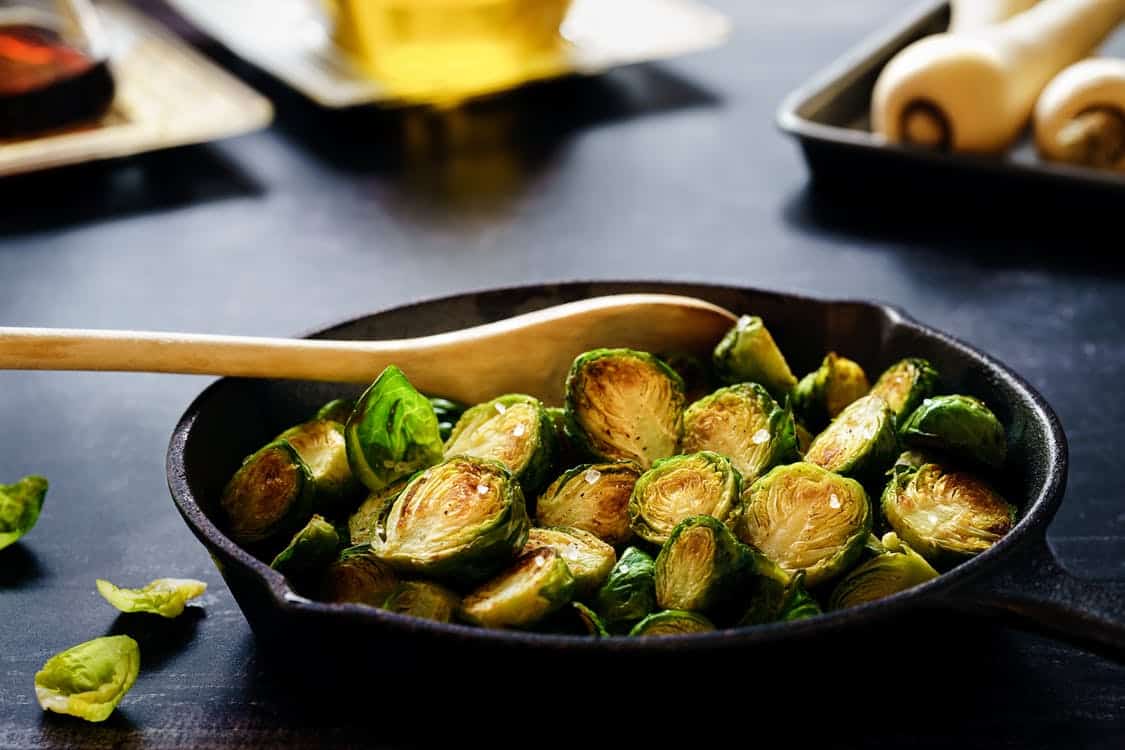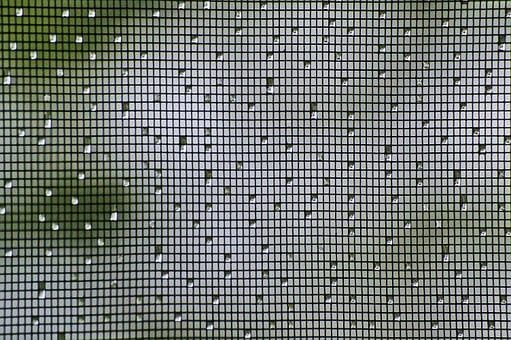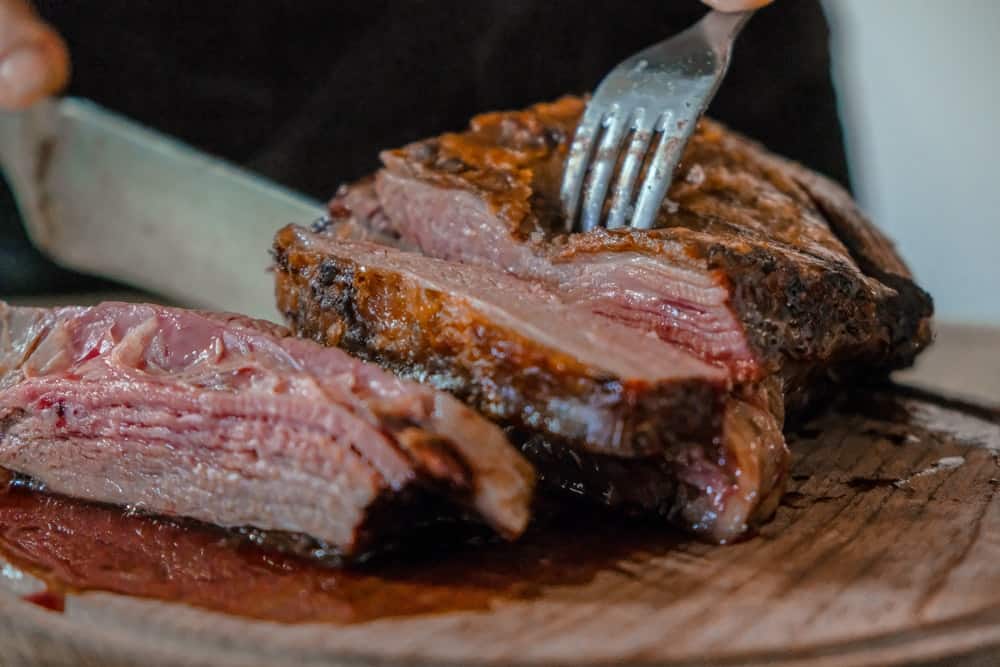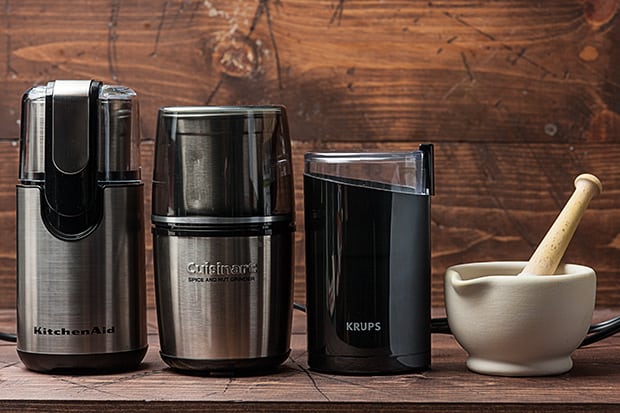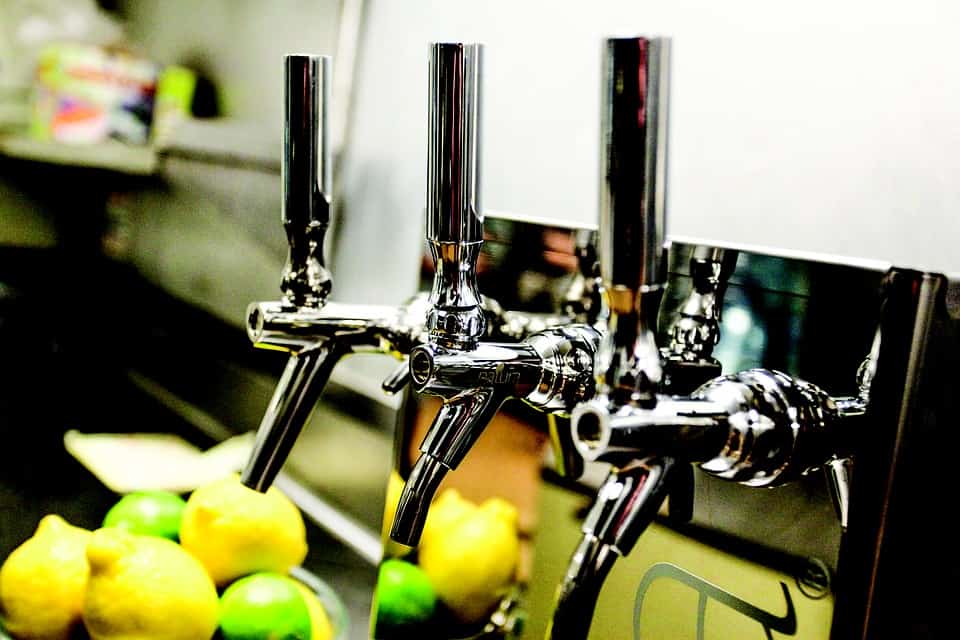The task of painting your kitchen cabinets is a stand-alone project. It requires careful planning, thorough research, scheduling adequate time to do it, and seeking assistance whenever necessary. We have prepared this guide with the intention of providing you with everything you need to complete it yourself, should you wish to.
Painted kitchen cabinets on Pinterest look amazing and may make you underestimate what it takes to get there. Painting kitchen cabinets is so much more than a few coats of a new color on your cabinets. We emphasize this because there are several pitfalls of painting cabinets, and we don't want you to make any rookie mistakes.
Let's dive into the steps to follow when you want to paint kitchen cabinets. We want you to be confident and competent when you decide to paint your kitchen cabinets. Here are the steps on how to paint kitchen cabinets.
Steps to Follow When Painting Kitchen Cabinets
1. Remove All Cabinet Doors and Drawers
Step one is to remove the cabinet doors and drawers that you want to paint. Even if it's a DIY project, you want to remove the doors and drawers and all the knobs, pulls, latches, and other hardware present. Safely place these parts in plastic bags and put the bags in the cabinets. The last thing you want is to start looking for missing parts after you're done.
Being organized is essential when you're painting your kitchen cabinets. You need to number each door and its location as you remove them so that you don't mix them up. They might look identical, but each door fits differently in its space. You also don't want to mix up the hinges as this will cause frustration and commotion as you are finishing up.
2. Clean the Cabinets
Even if you feel like your cabinet doors and slides are clean, we recommend that you clean the painting surface. You can use trisodium phosphate (TSP), which you can get at a paint store, with water to remove any grease or grime that may be on the doors. Ensure that you wear gloves as you use a sponge and a clean cloth to clean both sides of the doors.
3. Repair Dents, Gouges, and Holes
If you want your wood cabinets to look as good as the Pinterest ones or your neighbors, you need to go the extra mile and fix and fill any holes that may be on the doors. Note that if you plan to use new cabinet hardware that is bigger or smaller than the original, you'll need to fill the old cabinet hardware holes before applying the paint to the area.
You can do this by applying tape to the doors' back surface under the holes and filling these holes with wood filler. Use a damp drop cloth to wipe away excess and then squeeze about 3/4" strip of the hardener from your tube. Take a putty knife, mix up the hardener, and spread it into the dents and holes, ensuring that it overfills a little.
4. Sand and Clean
Once the filled areas are dried, use good sandpaper to smooth out the surfaces. You don't have to sand and paint the inside of the cabinets if it's just a facelift. You can mask off the interiors using a painter's tap and only sand the front surfaces and the parts that will be seen. These parts include visible edges.
As you are sanding with the sandpaper, use a sanding block to prevent rounding over the wood edges. You don't have to remove all the old paint, but you need to roughen the surfaces to provide a firm surface for the new paint. You want your base to be clean with excellent adhesion. Spend some more time on worn areas of old finish; the parts that get the most use,
You may need to use denatured alcohol and fine steel wool to work on stubborn finishes, which you can get at paint stores. You may find that the old paint is flaking off in some areas where the original finish didn't adhere well to the cabinet's surface. Give special attention to these areas by sanding them to the bare wood, then spot-prime with a stain-killing primer/sealer before repainting.
Another thing to remember is that you need to take extra care of the edges for every part that you sand to the bare wood. Blend/feather these edges so that the paint edges will not be visible through the new finish. You want your new paint to look spotless.
Remember to vacuum the area you've been sanding to leave a clean finish. If you have a pneumatic air compressor, use it at high pressure to blow all the dust particles that may be hiding in the crevices or molding details. After that, use a tack cloth to wipe away any remaining sanding residue.
5. Apply the Primer
To get a well-bonded finish coat, use a high-quality 3-inch brush to apply an even coat of primer-sealer to all the cabinet surfaces. Primers have several advantages, including the fact that they reduce the need to sand and deglaze old finishes, and they provide a good base for semi-gloss, water-based paint.
The good thing about today's water-based finishes is that they provide a durable finish similar to the high-gloss enamel paint. They are also easier to work with, so that's another plus.
6. Apply Sem-Gloss Latex Paint
Here's the fun part. Start the process by painting the inside edges and openings of the face frames and then proceeding to the cabinet's outer sides and finishing with the face frame fronts. Move on to paint the doors and drawer fronts and finish on to move along any moldings.
Ensure that you coat all areas and apply in thin, light paint coats. The good thing with thin paint coats is that they dry faster and leave few visible brushstrokes. Don't overwork the brush strokes, as many of them will create air bubbles in the finish and leave bumps and pits when drying. Leave the paint to dry for at least four hours.
Two coats of high-quality paint are enough to make your kitchen sparkle. However, you can add a third coat when cabinet painting for protection against the kitchen's environmental forces.
7. Mark the Placement of Cabinet Hardware
This point comes in handy if you are attaching new hardware for your cabinets in a different place than the original. Mark with a pencil the old school way for easy work.
8. Pre-drill to Attach Hardware
After everything is set, center the spring punch on the marks you've made, pull back, and release. After that, pre-drill the holes, insert the hardware screws and tighten them into the handle using your screwdrivers.
Conclusion
We hope that you've got everything you need to paint your kitchen cabinets without the need for professionals. Let us know about your painting experience.

